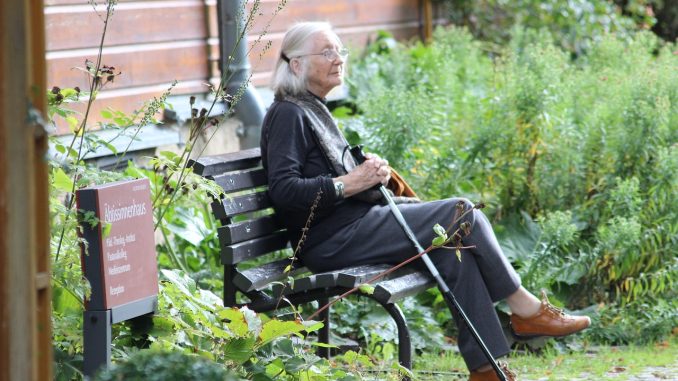
As the population ages, the concept of “ageing in place” has gained traction as a preferred option for many seniors. And, thanks to technology, this is becoming increasingly achievable, allowing more older homeowners to maintain their independence and quality of life.
1. Remote health monitoring
Remote health monitoring technologies enable healthcare providers to monitor patients’ vital signs and health metrics from a distance, allowing seniors to receive proactive medical care while remaining in the comfort of their own homes.
Devices such as wearable health trackers, smart scales, and blood pressure monitors can collect and transmit data securely to healthcare professionals, facilitating early intervention and preventing potential health issues from escalating.
2. Smart home automation
Smart devices such as voice-controlled assistants, smart thermostats, and automated lighting systems can make everyday tasks easier and more accessible for seniors.
For example, voice-activated assistants can help with reminders, medication management, and even calling for help in case of emergencies, providing valuable assistance for those with mobility or cognitive challenges.
3. Telehealth services
Telehealth services offer seniors access to healthcare through virtual appointments and consultations. This technology eliminates the need for travel to medical facilities, reducing transportation barriers and ensuring timely access to care.
From routine check-ups to specialised consultations, telehealth services enable seniors to receive medical advice and treatment without leaving home.
4. Medication management systems
Medication management can be a challenging aspect of ageing in place, especially for seniors with complex medication regimens.
Fortunately, technology offers solutions such as automated pill dispensers, smart medication reminder apps, and medication adherence monitoring systems. These tools help seniors stay organised, stick to their prescribed medication schedules, and reduce the risk of medication errors or missed doses.
5. Safety and security systems
Technology can address some safety and security concerns through systems such as smart home security cameras, motion sensors, and wearable emergency alert devices.
These technologies provide peace of mind for both seniors and their loved ones by detecting any potential hazards or emergencies and facilitating prompt assistance when needed.


Leave a Reply